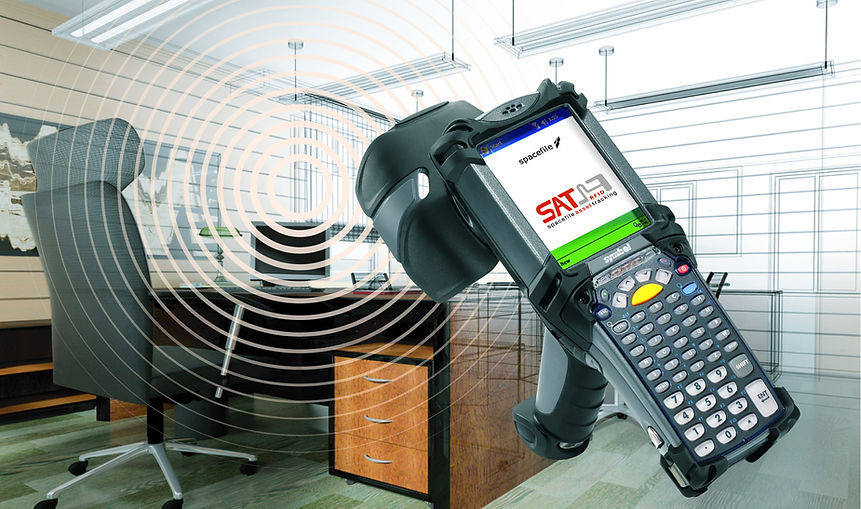
Asset Tracking
Learn how a real-time RFID tracking solution delivered excellent business value and a competitive differentiation for Plant Access, a specialized logistics services provider.
Collecting and maintaining accurate records of your fixed assets can be a time consuming and expensive task. The right integrated asset tracking solution will put your company’s valuable equipment firmly under your control. The goal of any robust system is to maximize your asset control efficiency and minimize your equipment loss.
Using the combination of mobile computers and asset management software, you will be able to speed up your audit tasks and conduct your asset tracking in real-time. This will enable you to become more efficient in your production planning and reduce downtime. The management software will also enable you to schedule necessary maintenance or services for your equipment at appropriate times. With a complete solution that includes barcode/RFID printing technology, mobile computers and software you can manage your assets accurately and efficiently.
What are the Key Benefits of an Asset Tracking System?
All businesses have a collection of assets that they need to maintain and with the right solution in place you can gain more detailed control over your assets and greater return on your investment with the benefits of:
-
Productivity – Collect data faster in greater detail.
-
Accuracy – Eliminate human error.
-
Compliance – Reporting flexibility with more accurate records.
-
Accountability – Enforces personal responsibility and accountability for company property.
What is Asset Tracking and Management?
Every company uses hundreds of assets on a daily basis. An “asset” is any item that a business uses internally, such as IT equipment, office equipment, tools, etc… A properly integrated asset management solution can help your company accurately and efficiently track any of your business’ assets. Rather than wasting time searching for and replacing lost assets, you can keep track of all your valuable assets with a convenient, easy to use complete asset tracking system that is regularly managed.
The first step in determining an asset tracking system is to understand whether you are dealing with assets or inventory. Assets are “permanent” objects that a business uses internally, such as computers, tools, or educational material. Although employees may check the object in or out to for a given project, or even use at home, an asset ultimately belongs to the company and must be returned to the company. An asset is always tracked as a unique item. Even though you may have 10 of the same PC or tool you are managing each instance as an individual item with its own unique barcode label or RFID tag. The main concern is to have accurate information on each specific item like location, condition, purchase date, value, custodian, last maintenance, etc…
Inventory tracking, however, refers to objects that are sold, distributed, or otherwise consumed by a company. These “temporary” objects include retail items and office supplies. In this case, you may have 100 boxes of staples in inventory and when you use one box the tracked quantity decreases by one. You are not concerned with what specific instance was sold but rather that 1 of 100 was removed. Ultimately, you want to know how many you have in stock and when to order more.
What Should You Address When Making an Asset Tracking System?
When putting together an effective and suitable asset tracking system there are a few key questions to answer:
-
How many assets do you need to track?
-
What type of assets are you tracking?
-
Where are the assets located? How many locations do you have?
-
Are the assets already labeled? Will you use barcode or RFID tags?
-
Do you need real-time updates or can batch collection be used?
-
What type of reporting will you need from the system?
-
How many users will you have? Desktop and mobile.
What are the Components of an Asset Tracking System?
All asset tracking systems consist of 3 core components:
-
Asset Tracking Software
– Software is the backbone of any system and will determine what features and options are available. The main concerns when deciding are how detailed of reporting is available and whether it supports batch or real-time updates. -
Mobile Computer
– Assets are located throughout a business so a mobile device allows you to have all needed information and make changes at the asset location. Depending on how rugged your environment is and budget, a wide range of devices can be used. -
Barcode/RFID Printer
– All assets need a unique identifier on them to be properly tracked. Barcodes are the easiest and most cost effective option but RFID tags offer added benefits with wireless reading of the assets and the possibility of automating your whole process.
APSARA
MANUFACTURING
SOLUTIONS
